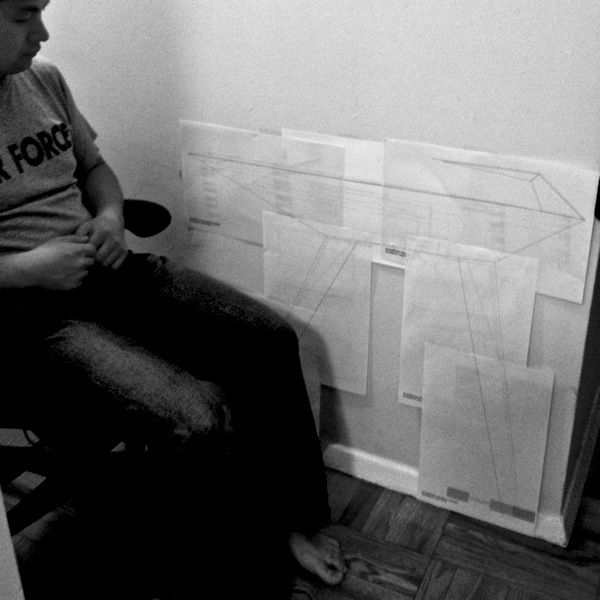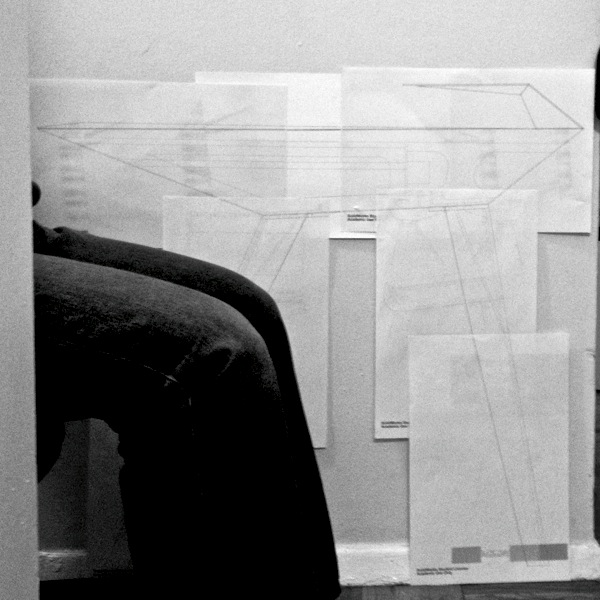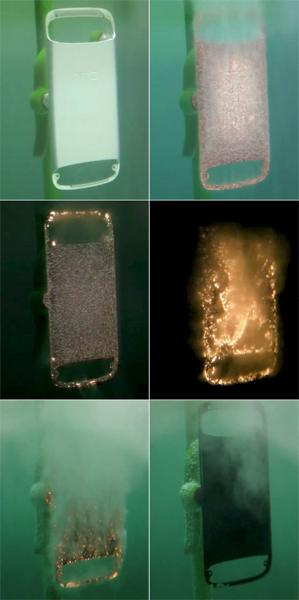Why do we like shiny things? have come up quite a few times in various settings. I thought I should look it up… here's a few from New Scientist.
This answer was selected and edited by New Scientist staff.
Arguments on this point are necessarily speculative, but it's worth noting that we associate shininess, cleanliness and crisp outlines with objectively favourable attributes. In assessing a mate, a companion or a rival, we spontaneously see bright eyes and teeth, glowing skin and glossy hair as signs of health and quality. As children, we like things that stimulate our nervous systems with clear, vivid colours, contrasts and light.
Art may be seen as a form of play behaviour, in that it relies on elements that matter to our mental and physical development. As adults, our senses and creativity put a premium on media and themes that stimulate our innate mental systems in important ways.
Shiny things present intense, characteristic stimuli, and are used in social signals and communication, even in creatures that do not see art in our terms. Such dramatic signals may be based on anatomy or physiology, such as peacock tails or the belling of a stag, or may be collected and arranged as adornments, like bowerbird displays and human medals or finery. Much as we enjoy speech, we enjoy communication by vivid stimuli in a broader range of contexts.
Jon Richfield, Somerset West, South Africa
Here's another answer that was selected and edited by New Science staff.
We like shiny things for evolutionary reasons. The shiniest thing our primitive ancestors saw was probably sunlit water. Those who were attracted to it must surely have increased their survival chances, described as follows in my poem:
All that glisters
Why should we prize a shining thing,
A sapphire, or a diamond ring?
Diamonds of light and water glint
Through leafy trees. Just here! They hint
For a picnic spot beside a stream
To dream a retrospective dream.
If we stay here we will survive
Or children and descendants thrive.
The rushing stream is crystal clear,
We'll be OK if we stay here.
Sparkles signal, stay alive!
With light and water, all life thrives.
Here food and sheltering trees too grow,
Even if we do not know
That's why we prize a shining thing,
A sapphire, or a diamond ring
Wendy Shutler, London, UK
http://www.newscientist.com/blog/lastword/2007/03/magpies.html






















 Hopefully, sheet metal will be as easy.
Hopefully, sheet metal will be as easy.



